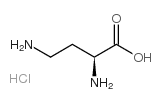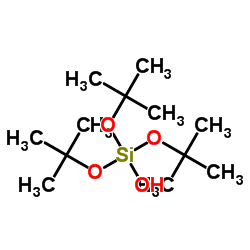| Structure | Name/CAS No. | Articles |
|---|---|---|
 |
Glycerol
CAS:56-81-5 |
|
 |
Citric Acid
CAS:77-92-9 |
|
 |
H-Dab.HCl
CAS:1482-98-0 |
|
 |
Ethylenediaminetetraacetic acid
CAS:60-00-4 |
|
 |
Tris(2-methyl-2-propanyl) hydrogen orthosilicate
CAS:18166-43-3 |
|
 |
UNII:TF4710DNP9
CAS:5094-24-6 |